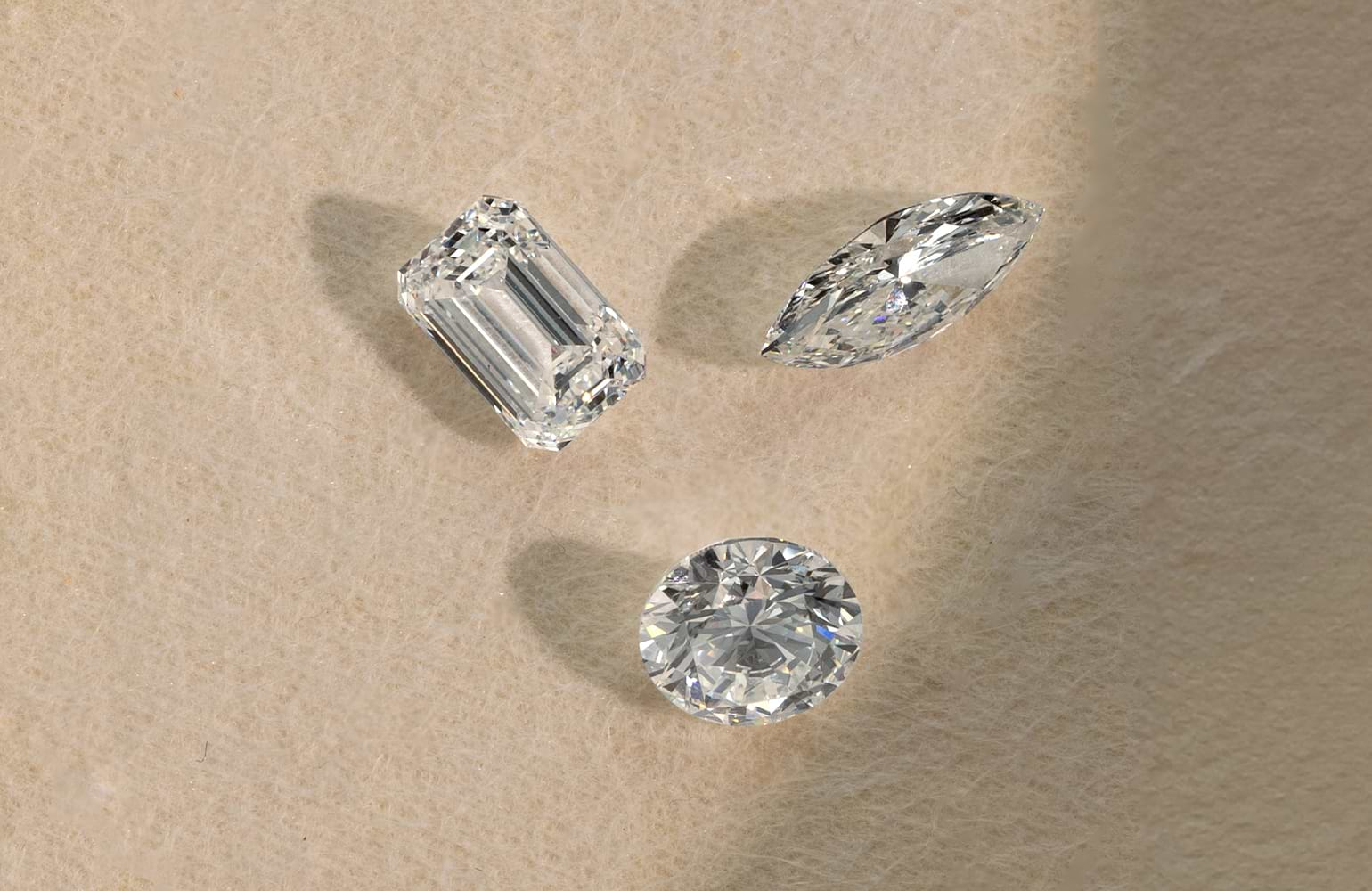
Lab-grown diamonds are gaining popularity for their ethical sourcing and affordability, yet they maintain the same physical, chemical, and optical properties as natural diamonds. One of the main factors that determine the quality and value of these 4cs of lab diamonds, Clarity, and Carat weight. Understanding these characteristics can help you make an informed choice when purchasing a lab-grown diamond. Below, we dive into each of the 4Cs of lab-grown diamonds to help you understand what makes them unique and valuable.
The Cut of Lab-Grown Diamonds: Precision and Sparkle
The first of the 4Cs of lab-grown diamonds is the cut, which refers to how well the diamond has been shaped and faceted. While natural diamonds may face limitations due to their origin, lab-grown diamonds offer greater control over their cutting process. A well-cut lab-grown diamond will reflect light beautifully, showcasing exceptional sparkle and brilliance. The precision in cutting also enhances the visual appeal of lab-grown diamonds, making them a perfect choice for anyone seeking a diamond that shines with intensity. Whether you’re choosing a round, princess, or emerald cut, the cut is the most significant factor in determining how your lab-grown diamond will perform in terms of its sparkle.
The Color of Lab-Grown Diamonds: Range and Hue
When it comes to the color of lab-grown diamonds, you can find a wide range, from colorless to near-colorless and even faint yellow or brown hues. The 4Cs of lab-grown diamonds emphasize color, which is graded on a scale from D (colorless) to Z (light yellow or brown). Lab-grown diamonds, thanks to advancements in technology, can achieve the highest levels of color quality, just like their natural counterparts. Choosing the right color for your lab-grown diamond depends on your personal preference and the setting in which it will be placed. However, many buyers opt for diamonds in the near-colorless range, as they offer excellent value without compromising on appearance.
The Clarity of Lab-Grown Diamonds: Pure or Slightly Included?
Clarity is another essential aspect of the 4Cs of lab-grown diamonds. It refers to the presence of internal or external imperfections, known as inclusions and blemishes, respectively. Lab-grown diamonds are usually created with fewer inclusions compared to natural diamonds, making them an attractive option for those who want a cleaner, more flawless appearance. Just like natural diamonds, lab-grown diamonds are graded on a scale from Flawless (no inclusions or blemishes visible under magnification) to Included (inclusions or blemishes that are visible to the naked eye). Most lab-grown diamonds fall in the VS (very slight inclusions) to SI (slightly included) range, which means they have very minor inclusions that don’t impact their overall look.
The Carat Weight of Lab-Grown Diamonds: Size and Value
Carat weight is the final of the 4Cs of lab-grown diamonds, and it refers to the size of the diamond. While lab-grown diamonds can be produced in various sizes, they are typically more affordable than their natural counterparts. This is one of the reasons why lab-grown diamonds have become such an attractive option for buyers seeking larger diamonds at a fraction of the price. It’s important to note that the carat weight of a lab-grown diamond is measured the same way as natural diamonds, with one carat equaling 200 milligrams. However, the price per carat for lab grown diamonds tends to be much lower, making it possible to purchase a larger stone within the same budget. Whether you’re looking for a subtle, smaller diamond or a statement piece, lab-grown diamonds offer options in all sizes.
The Growing Popularity of Lab-Grown Diamonds
In recent years, lab-grown diamonds have become a popular choice for ethical and environmentally-conscious consumers. With their lower environmental impact, lab-grown diamonds are created with minimal mining, using renewable energy and advanced technologies. This makes them an attractive alternative to natural diamonds, which often come with significant ecological and human rights concerns. As more people learn about the 4Cs of lab-grown diamonds, they are increasingly choosing them for their affordability and ethical benefits, without sacrificing quality.
Conclusion: Choosing the Right Lab-Grown Diamond for You
The 4Cs of lab-grown diamonds — Cut, Color, Clarity, and Carat weight — are essential in determining the quality and value of these stunning gems. By understanding each of these characteristics, you can make an informed decision about which lab-grown diamond best fits your preferences, budget, and ethical values. Whether you’re purchasing a diamond for an engagement ring, a necklace, or any other special occasion, you can rest assured that lab-grown diamonds offer a luxurious and environmentally-friendly alternative to natural diamonds, with the same brilliance and beauty.
By keeping the 4Cs in mind, you can confidently select the lab-grown diamond that is right for you, ensuring you get the most value for your investment. Whether you prioritize sparkle, size, or color, the options are endless when it comes to lab-grown diamonds. Choose wisely, and you’ll enjoy a beautiful, lasting piece of jewelry for years to come.
